Lisinopril
- CAS NO.:76547-98-3
- Empirical Formula: C21H31N3O5
- Molecular Weight: 405.49
- MDL number: MFCD00214086
- EINECS: 278-488-1
- SAFETY DATA SHEET (SDS)
- Update Date: 2024-11-19 23:02:33
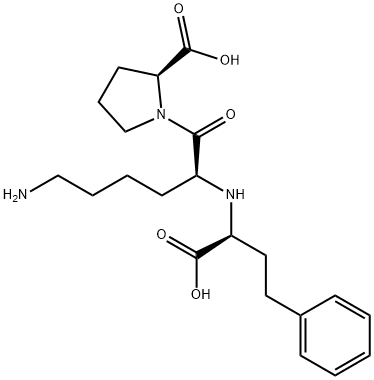
What is Lisinopril?
Absorption
Lisinopril is 6-60% orally bioavailable with an average of 25% bioavailability. Lisinopril reaches a Cmax of 58ng/mL with a Tmax of 6-8h. Lisinopril's absorption is not affected by food.
Toxicity
The oral and subcutaneous LD50 in rats is >8500mg/kg and in mice is >9100mg/kg. The oral LDLO in women is 1200μg/kg/16D and in men is 43mg/kg/43W.
Patients experiencing an overdose of lisinopril may present with hypotension. Patients should be treated with intravenous saline to restore blood pressure. Lisinopril can be removed from the blood by hemodialysis due to it not being protein bound.
Description
Lisinopril is an angiotensin-converting enzyme (ACE) inhibitor (IC50 = 1.2 nM). It reduces the formation of endothelin-1 and increases nitric oxide (NO) in human vascular endothelial cells when used at a concentration of 0.1 nM. Lisinopril inhibits the pressor response to angiotensin I in anesthetized rats and dogs (ID50s = 2.3 and 6.5 μg/kg, respectively).
Originator
Acebitor 5,Biddle Sawyer,India
The Uses of Lisinopril
Labeled Lisinopril, intended for use as an internal standard for the quantification fo Lisinopril by GC- or LC-mass spectrometry.
The Uses of Lisinopril
Lisinopril is an antihypertensive medication.
Indications
Lisinopril is indicated for the treatment of acute myocardial infarction, hypertension in patients ≥6 years, and as an adjunct therapy for heart failure. A combination product with hydrochlorothiazide is indicated for the treatment of hypertension.
Background
Lisinopril is an angiotensin converting enzyme inhibitor (ACEI) used to treat hypertension, heart failure, and myocardial infarction. Lisinopril and captopril are the only ACEIs that are not prodrugs. It functions by inhibition of angiotensin converting enzyme as well as the renin angiotensin aldosterone system. ACEIs are commonly used as a first line therapy in the treatment of hypertension, along with thiazide diuretics or beta blockers.
Lisinopril was granted FDA approval on 29 December 1987.
What are the applications of Application
Lisinopril is an angiotensin-converting enzyme (ACE)Inhibitor
Definition
ChEBI: Lisinopril is a dipeptide. It has a role as an EC 3.4.15.1 (peptidyl-dipeptidase A) inhibitor. It contains a L-prolino group and a L-lysine residue.
Manufacturing Process
2-Oxo-4-phenylbutyric acid and t-BOC-L-lysyl-L-proline are condensed in the presence of sodium cyanoborohydride. Essentially all of the t-BOC protecting group is cleaved when the product is absorbed on strong acid ion exchange resin. The crude N-(1-carboxy-3-phenylpropyl)-L-lysyl-L-proline is eluted from the resin with 10% ammonia, freeze dried, and purified by gel filtration chromatography (LH-20). A minute peak for t-BOC protons in the NMR spectrum disappears when the product is treated with ethyl acetate that is 4 N in hydrogen chloride gas. The NMR spectrum of the resulting HCl salt of the product is consistent with structure. The mass spectrum shows a molecular ion at 693 m/e for the tetrasilylated species. Chromatography on XAD-2 resin using 3.5% acetonitrile in 0.1 molar ammonium hydroxide affords N-α-((1S)- 1-carboxy-3-phenylpropyl)-L-lysyl-L-proline. The last peptide can be produced if 2-oxo-4-phenylbutyric acid and N-t-Boc-L-lysyl-L-proline are condensed in the presence of sodium cyanoborohydride. The product is absorbed on strong acid ion exchange resin, and eluted with 2% pyridine in water. Product-rich cuts are stripped to a glass and treated with 4 N HCl in ethylacetate to remove the t-Boc protecting group. The resulting hydrochloride salt is converted to the free base by absorbing on strong acid ion exchange resin and eluting with 2% pyridine in water. Freeze drying of product-rich cuts affords N-α-(1-carboxy-3-phenylpropyl)-L-lysyl-L-proline as a white fluffy solid. The NMR spectrum is consistent with structure. The mass spectrum shows a molecular ion at 549 for the disilylated species. Chromatography affords the desired isomer.
brand name
Prinivil (Merck); Zestril (AstraZeneca).
Therapeutic Function
Antihypertensive
Pharmacokinetics
Lisinopril is an angiotensin converting enzyme inhibitor used to treat hypertension, heart failure, and myocardial infarction. Lisinopril is not a prodrug, and functions by inhibition of angiotensin converting enzyme as well as the renin angiotensin aldosterone system. It has a wide therapeutic index and a long duration of action as patients are generally given 10-80mg daily.
Metabolism
Lisinopril is not metabolized and is excreted as the unchanged drug.
Properties of Lisinopril
| Melting point: | 162-165 °C |
| Boiling point: | 666.4±55.0 °C(Predicted) |
| Density | 1.251±0.06 g/cm3(Predicted) |
| storage temp. | Keep in dark place,Inert atmosphere,2-8°C |
| solubility | H2O: ≥10 mg/mL |
| form | solid |
| pka | 2.18±0.10(Predicted) |
| color | white |
| CAS DataBase Reference | 76547-98-3(CAS DataBase Reference) |
Safety information for Lisinopril
| Signal word | Warning |
| Pictogram(s) |
 Health Hazard GHS08 |
| GHS Hazard Statements |
H361:Reproductive toxicity H373:Specific target organ toxicity, repeated exposure |
| Precautionary Statement Codes |
P201:Obtain special instructions before use. P202:Do not handle until all safety precautions have been read and understood. P260:Do not breathe dust/fume/gas/mist/vapours/spray. P280:Wear protective gloves/protective clothing/eye protection/face protection. P308+P313:IF exposed or concerned: Get medical advice/attention. P405:Store locked up. P501:Dispose of contents/container to..… |
Computed Descriptors for Lisinopril
Lisinopril manufacturer
Alfa Omega Pharma
Sunmoon Pharmaceuticals Pvt Ltd
New Products
(S)-3-Aminobutanenitrile hydrochloride 4-Methylphenylacetic acid N-Boc-D-alaninol N-BOC-D/L-ALANINOL Tert-butyl bis(2-chloroethyl)carbamate N-octanoyl benzotriazole 3-Morpholino-1-(4-nitrophenyl)-5,6-dihydropyridin- 2(1H)-one Furan-2,5-Dicarboxylic Acid S-2-CHLORO PROPIONIC ACID ETHYL ISOCYANOACETATE 2-Bromo-1,3-Bis(Dimethylamino)Trimethinium Hexafluorophosphate 4-IODO BENZOIC ACID 3-NITRO-2-METHYL ANILINE 1-(2,4-DICHLOROPHENYL) ETHANAMINE (2-Hydroxyphenyl)acetonitrile 4-Bromopyrazole 5,6-Dimethoxyindanone 2-(Cyanocyclohexyl)acetic acid 4-methoxy-3,5-dinitropyridine 1-(4-(aminomethyl)benzyl)urea hydrochloride 2-aminopropyl benzoate hydrochloride diethyl 2-(2-((tertbutoxycarbonyl)amino) ethyl)malonate tert-butyl 4- (ureidomethyl)benzylcarbamate Ethyl-2-chloro((4-methoxyphenyl)hydrazono)acetateRelated products of tetrahydrofuran
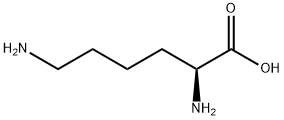

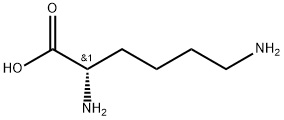
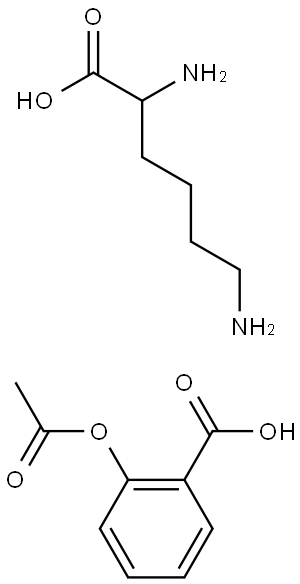


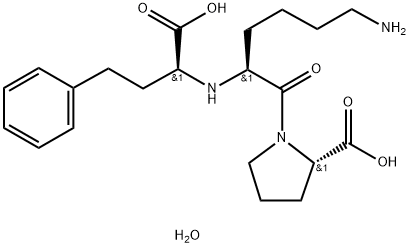
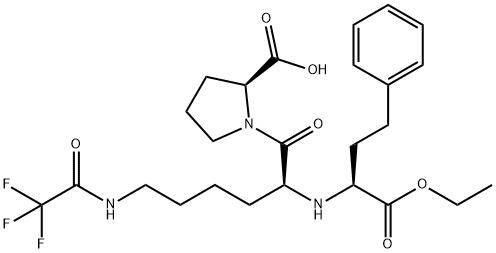
You may like
-
 76547-98-3 Lisinopril 98%View Details
76547-98-3 Lisinopril 98%View Details
76547-98-3 -
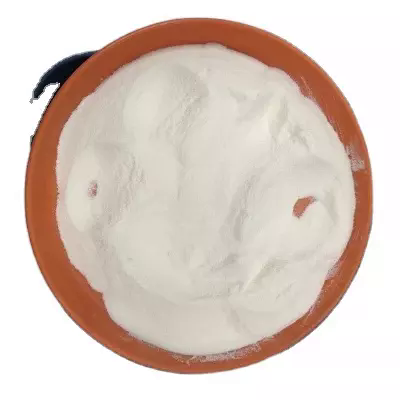 76547-98-3 99%View Details
76547-98-3 99%View Details
76547-98-3 -
 Lisinopril 98%View Details
Lisinopril 98%View Details
76547-98-3 -
 Lisinopril 76547-98-3 98%View Details
Lisinopril 76547-98-3 98%View Details
76547-98-3 -
 76547-98-3 98%View Details
76547-98-3 98%View Details
76547-98-3 -
 76547-98-3 Lisinopril 99%View Details
76547-98-3 Lisinopril 99%View Details
76547-98-3 -
 Lisinopril 98% CAS 76547-98-3View Details
Lisinopril 98% CAS 76547-98-3View Details
76547-98-3 -
 118753-70-1 98+View Details
118753-70-1 98+View Details
118753-70-1